What It Really Means for Your Viewing Experience
Why HDR Matters More Than You Think
In the fast-evolving world of television technology, High Dynamic Range (HDR) has become a buzzword that manufacturers proudly showcase. But beyond the marketing hype, HDR plays a crucial role in how we experience movies, games, and streaming content. If you’ve ever wondered why some TVs display stunningly vibrant colors and dramatic contrasts while others fall flat, HDR is often the reason. In this article, we’ll break down what HDR actually means, how it works, and why it could be the most important feature in your next TV.
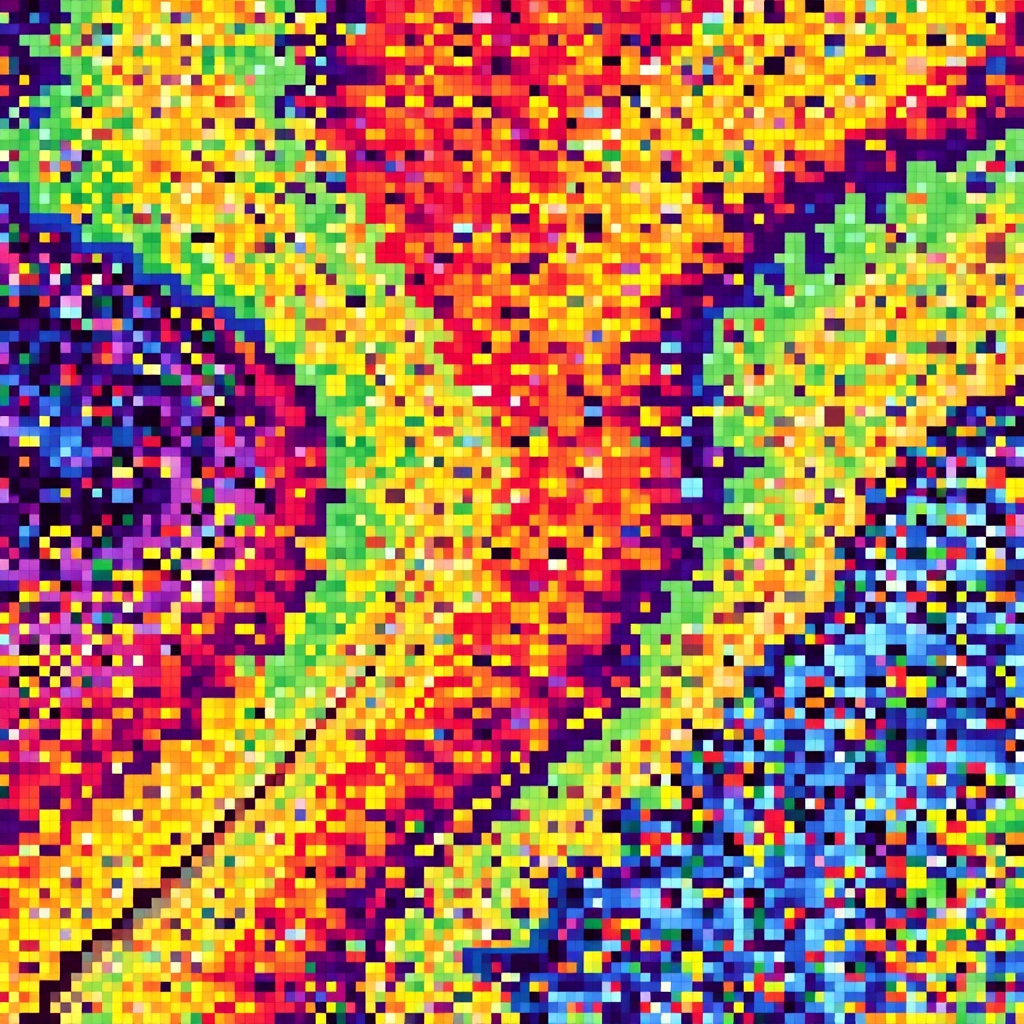
Understanding HDR
More Than Just a Buzzword
High Dynamic Range (HDR) has become a must-have feature in modern TVs, promising brighter highlights, deeper blacks, and richer colors. But what does it actually mean, and how does it impact your viewing experience?
The Core Concept of HDR
HDR enhances the contrast ratio and color accuracy of a display, allowing for more lifelike images. Unlike Standard Dynamic Range (SDR), which has a limited brightness range, HDR expands the luminance spectrum, making bright areas brighter and dark areas deeper without losing detail.
How HDR Works in TVs
HDR relies on three key factors
- Peak Brightness – Measured in nits, higher brightness levels allow for more vivid highlights.
- Contrast Ratio – The difference between the brightest whites and darkest blacks.
- Color Depth – HDR supports 10-bit or higher color, meaning over a billion shades compared to SDR’s 16 million.
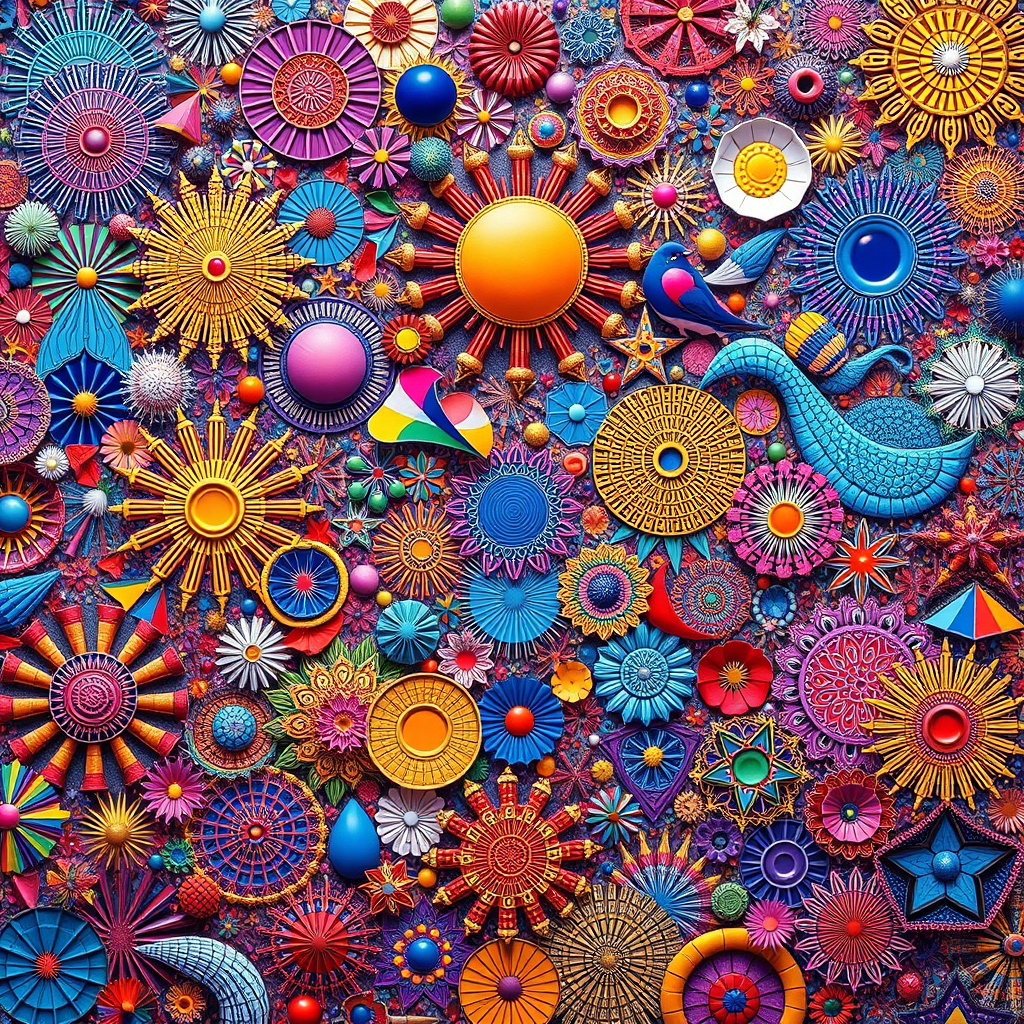
HDR Formats
Which One Is Best?
Not all HDR is created equal. There are multiple formats, each with its own strengths.
HDR10 – The Industry Standard
HDR10 is the most widely used format, offering static metadata that sets brightness levels for the entire movie or show.
Dolby Vision
The Premium Choice
Dolby Vision uses dynamic metadata, adjusting brightness and contrast scene by scene for a more refined experience.
HDR10+
Answer to Dolby Vision
HDR10+ also uses dynamic metadata, but it’s open-source, meaning no licensing fees for manufacturers.
HLG
The Broadcast-Friendly Format
Hybrid Log-Gamma (HLG) is designed for live TV broadcasts like sports, ensuring HDR content is compatible with SDR displays.
Does HDR Really Make a Difference?
Absolutely! HDR transforms the way you experience movies, games, and TV shows. Movies – Dark scenes retain shadow detail, while bright scenes pop with intensity.
- Gaming – HDR enhances depth perception, making environments more immersive.
- Streaming – Platforms like Netflix, Disney+, and Prime Video offer HDR content for cinematic realism.
The Tech
HDR and TV Panel Technology
The type of TV panel you have plays a huge role in how HDR performs
OLED – Perfect blacks, infinite contrast, and best HDR performance.
- QLED – Higher brightness, strong colors, ideal for bright rooms.
- Mini-LED – Advanced backlighting for better HDR contrast.
How HDR Impacts Gaming
Gamers benefit massively from HDR thanks to
- Enhanced depth perception – Shadows and highlights create realistic environments.
- Higher brightness – Scenes are more vivid, improving visibility in dark areas.
- More precise colors – Objects look closer to real-world colors, improving immersion.
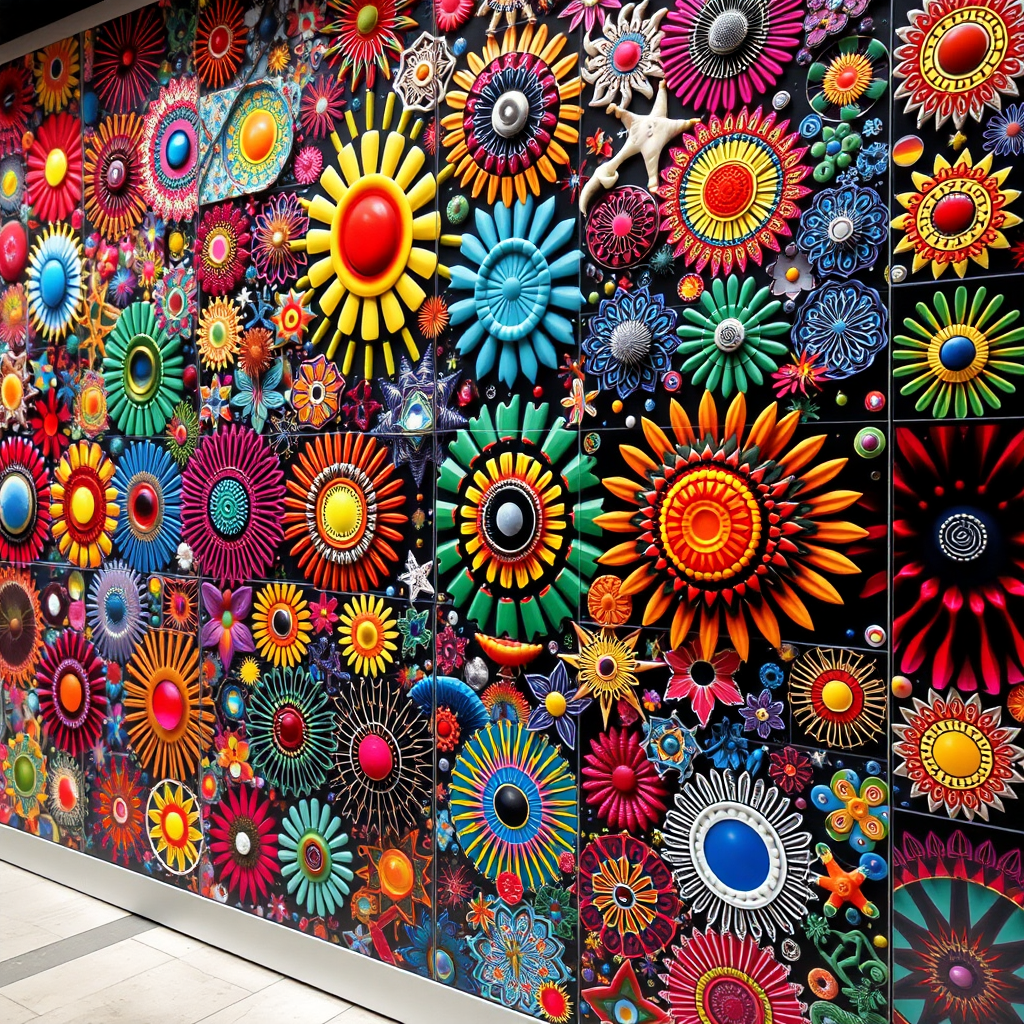
Streaming vs. Physical Media – Which Delivers Better HDR?
- Streaming HDR – Convenient, but compression limits quality.
- 4K UHD Blu-ray HDR – Higher bitrate, richer colors, deeper contrast.
- Gaming HDR on Disc vs. Digital – Disc retains better detail and performance.
HDR Setup and Calibration – Getting It Right
Even the best HDR TV won’t look great unless properly calibrated
- Adjust brightness settings – Not too high or too low for ideal contrast.
- Use filmmaker mode – Preserves HDR content the way creators intended.
- Disable unnecessary enhancements – Motion smoothing and extra contrast settings can distort HDR effects.
The Future of HDR
What’s Next?
HDR is constantly evolving, with innovations coming soon or already here
- HDR in 8K – More pixels mean even better HDR clarity.
- Advanced dynamic metadata – AI-driven HDR improvements for real-time adaptive brightness.
- MicroLED displays – The next leap in HDR contrast and brightness.
Conclusion
Elevating Your Viewing Experience
HDR is more than just a marketing term—it’s a revolutionary improvement in display technology that enhances the way we consume entertainment. Whether you’re watching an epic blockbuster, immersing yourself in next-gen gaming, or enjoying breathtaking visuals on your favorite streaming platform, HDR makes every frame more impactful. Understanding which formats are best and how HDR works can help you choose the perfect TV setup for the most cinematic experience possible.
Join the Discussion
What’s your experience with HDR? Have you noticed a significant difference in picture quality?
#HDR #HighDynamicRange #TVTechnology #DolbyVision #HDR10 #HDR10Plus #HLG #ContrastRatio #ColorDepth #PeakBrightness #OLED #QLED #MiniLED #4KTV #8KTV #GamingHDR #StreamingHDR #NetflixHDR #DisneyPlusHDR #PrimeVideoHDR #HomeTheater #CinematicExperience #TVSetup #PictureQuality #HDRExplained #TechTalk #VisualQuality #EntertainmentTech #HDRGaming #HDRMovies #HDRStreaming




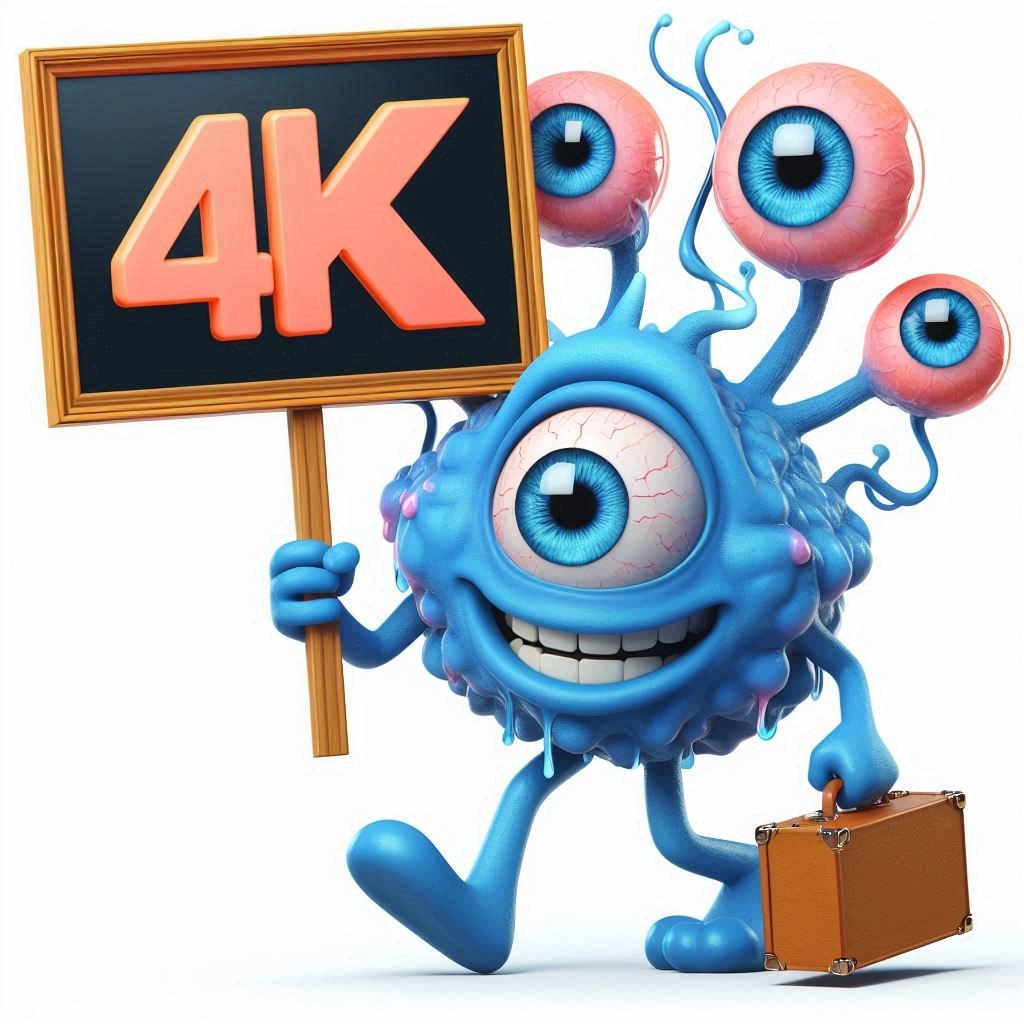

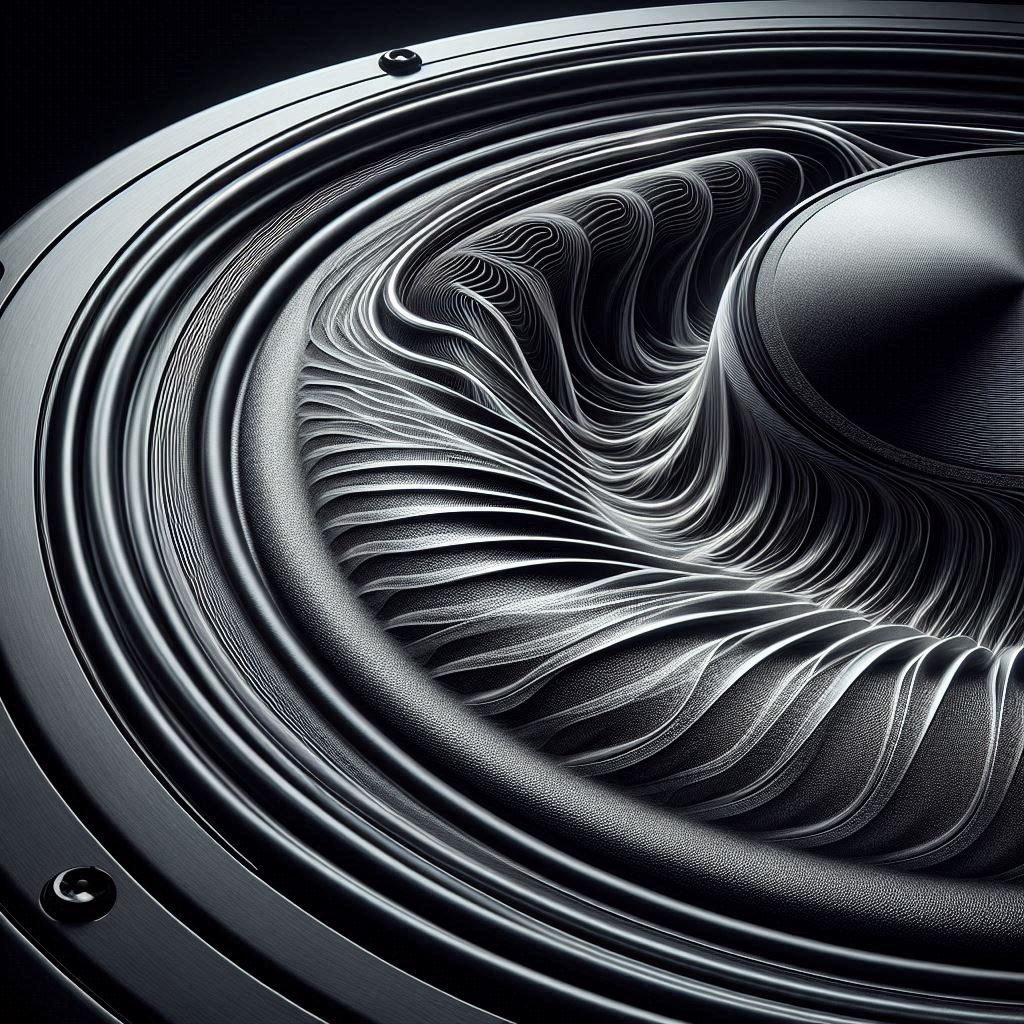
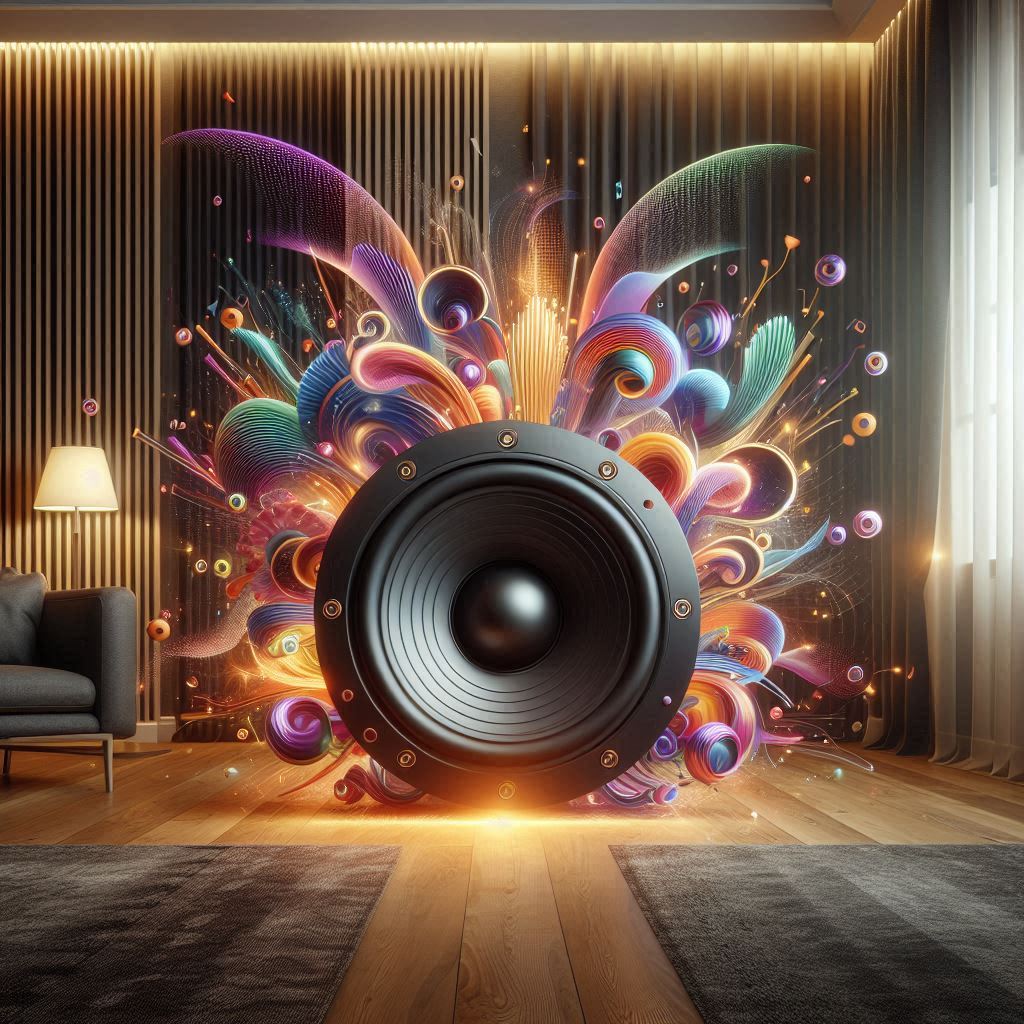



Leave a Reply